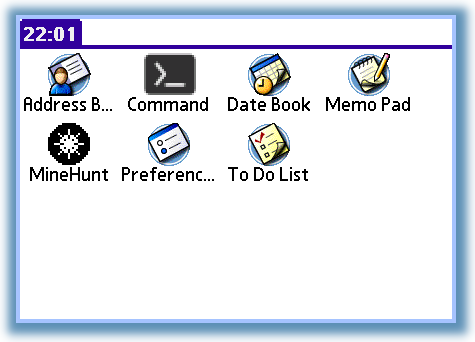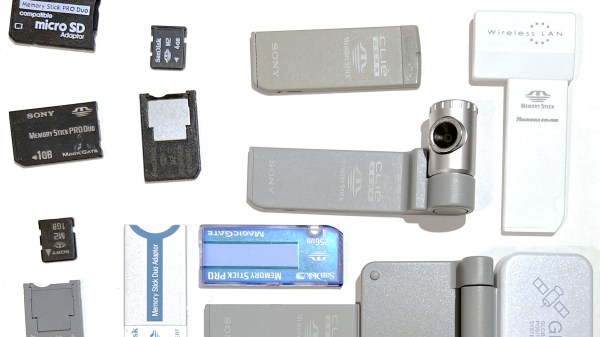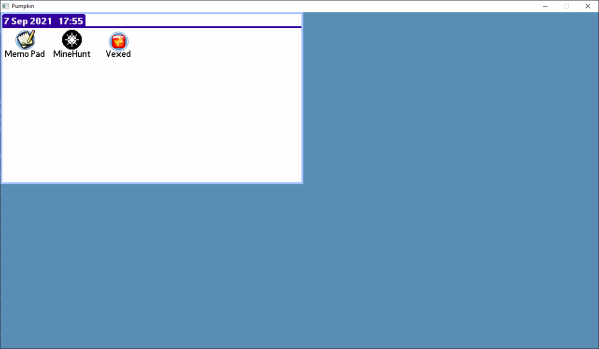In a world where the personal digital assistant (PDA) has become yet another retro computing system, it’s always nice when experiencing the software for such platforms can be done in a way that does not involve hunting down original hardware of questionable functionality. Here PumpkinOS is a PalmOS-compatible project by [migueletto] which runs as a regular application on modern systems and allows for original PalmOS applications for the Motorola 68k to run on x86 and ARM host systems.
On start-up the Launcher shows up first, just like with PalmOS, from which the four standard PalmOS applications (AddressBook, MemoPad, ToDoList and DateBook) can be launched. Due to endianness issues (m68k being Big Endian), files created by these applications cannot be shared between PumpkinOS and PalmOS, and as noted on the GitHub page, it’s still a far from finished project. That said, it appears to be able to run quite a few original PalmOS applications from sites like PalmDB, and compatibility should get better over time.
The author maintains a development blog as well, for those who are interested in the more in-depth details of this project.
















